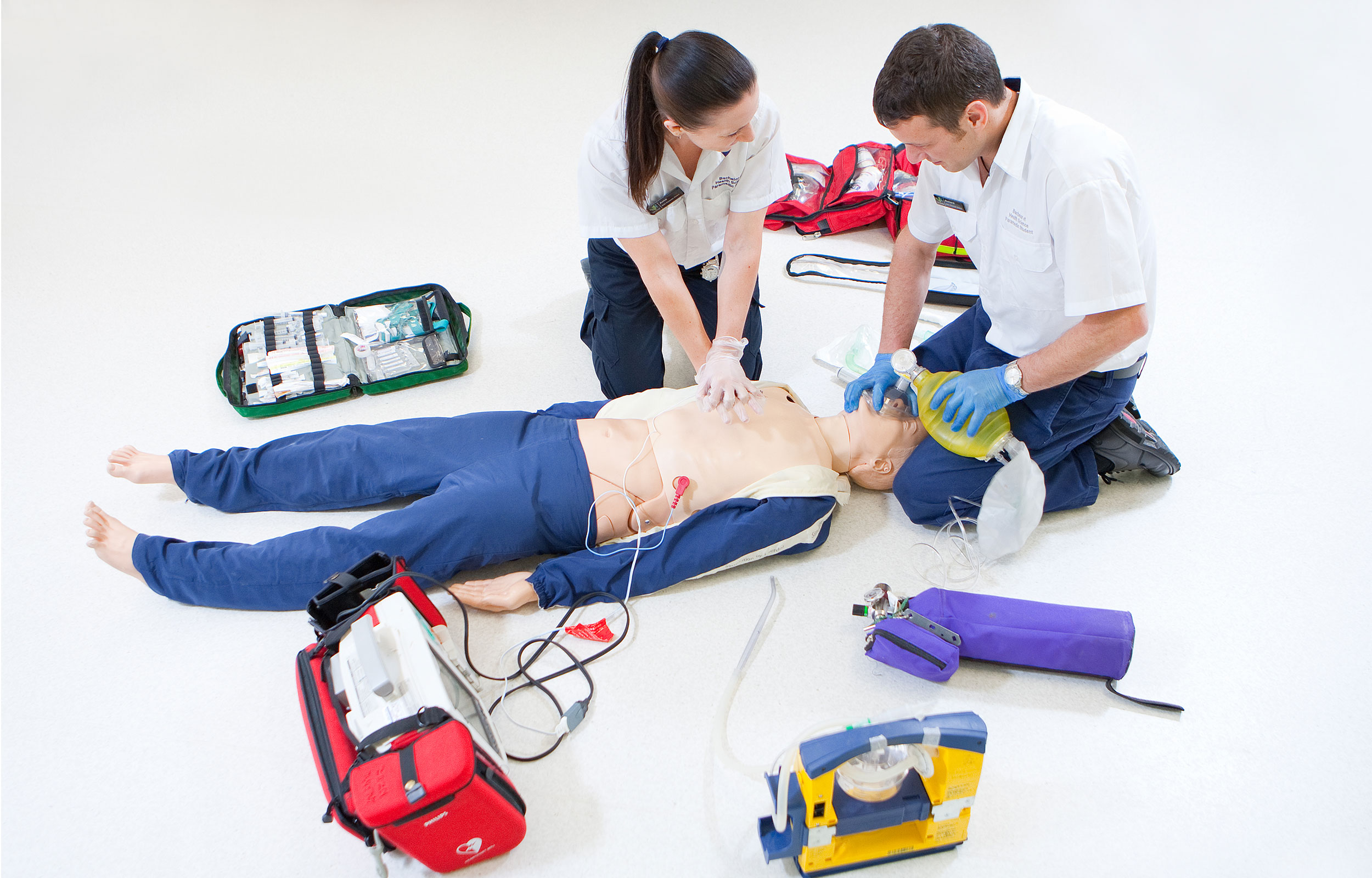Emergency medical services (EMS) which is a vital and noble profession, offers an exciting career that is focused on saving lives and providing crucial healthcare. It’s a field that offers tremendous growth potential and an abundance of qualified professionals. In this article, we’ll guide you through the steps to become an EMT and paramedic, exploring the various training options available, including DSHS approved EMS training course.

Understanding the role of EMTs & Paramedics
Emergency Medical Technicians (EMTs) and paramedics are first responders who provide immediate medical care in emergencies. They are trained to assess and take care of patients and transfer them safely to medical facilities to receive the treatment they require. EMTs and paramedics play a crucial role to stabilize patients in stressful situations, taking split-second decisions, and providing compassionate treatment during times of need.
Step 1: Become an EMT:
You must complete the education and training course that may differ based on what certification level you are aiming to achieve. There are three levels to EMT certification are available:
1. EMT Basic (EMT B) The EMT Basic certification is a basic certification that requires between 100 and 150 hours of education. EMT-Bs learn about basic medical care including CPR and bleeding management and basic airway control.
2. EMT-Intermediate: EMTI is a level that requires more training. The amount of additional training required varies from one state to the next. In certain areas, this level is merged with EMT-B, while in other areas, it is a requirement of 200 to 400 hours of instruction, including the development of medical skills and intravenous therapy.
3. EMT Paramedic (EMT P): EMT-P is the highest level of certification available to EMTs. The education required to obtain this certification usually lasts from 1,000 to 1,800 hours. Paramedics can perform advanced medical procedures such as administering medications in the form of EKGs, interpreting them and advanced airway management.
Step 2: Obtaining Paramedic Certification
If you’re looking to become a paramedic, you must first complete the EMT-B or EMT-I level, and then acquire some hands-on experience. After that, it is possible to enroll in a paramedic training program that typically takes about one to two years to complete. Through this extensive instruction, you’ll learn about more advanced medical issues and gain the skills and knowledge needed to manage critical situations in a professional manner.
Learn more about EMT Training Options
When it comes to EMT training, there are many options dependent on the level of certification you want to achieve. EMT training is generally offered by community colleges as well as medical trades schools for all certifications. They offer a combination of classroom training, hands-on instruction, and practical experience on the job and in clinical setting.
Also, if you’re in the market for a deeper and comprehensive EMT course that leads to a degree or colleges may provide EMT training at the level of EMT-Paramedic. These programs will provide you with an in-depth understanding of emergency medicine and allow you to make better medical decisions as well as provide better care for patients.
Step 4: Step 4: Ensure DSHS approved EMS training:
If you’re aspiring to become an paramedic or EMT, it is essential that the training program selected by you is DSHS-approved. The Department of State Health Services, or DSHS has the authority to approve EMS Training Courses to guarantee high standards of training. By enrolling in a DSHS-approved EMS course will ensure that you get top-quality training and that you meet the requirements for certification.
A career in the field of EMT or paramedic is extremely rewarding and well-respected. EMTs and paramedics are the first responders that play an essential part in saving lives and offering immediate medical care during emergency situations. To be aspiring EMTs or paramedics to begin the life-saving process they must successfully complete the education and training programs. The EMT certification program can be completed in a community college, medical trade school or university according to the certification level desired.
Additionally, when considering choices for training, it is essential to make sure that the EMS training program is DSHS accredited. This ensures that you are receiving a quality education that meets the requirements required for EMT certification as well as paramedic accreditation.
As the demand for trained emergency medical professionals rises, EMS provides a wealth of opportunities for career advancement as well as an opportunity to make a difference in people’s lives. If you are an EMT Basic or are looking to be a paramedic your dedication to critical care will reward you with an enjoyable and fulfilling career in emergency services.